USNI News polled its writers, naval analysts and service members on what they consider the most important military and maritime stories in 2017.
The following is part of a series. Please also see Top Stories 2017: Navy Acquisition, International Acquisition, Navy Operations, Marine Corps Operations, International Operations and New Administration.
Marine Aviation
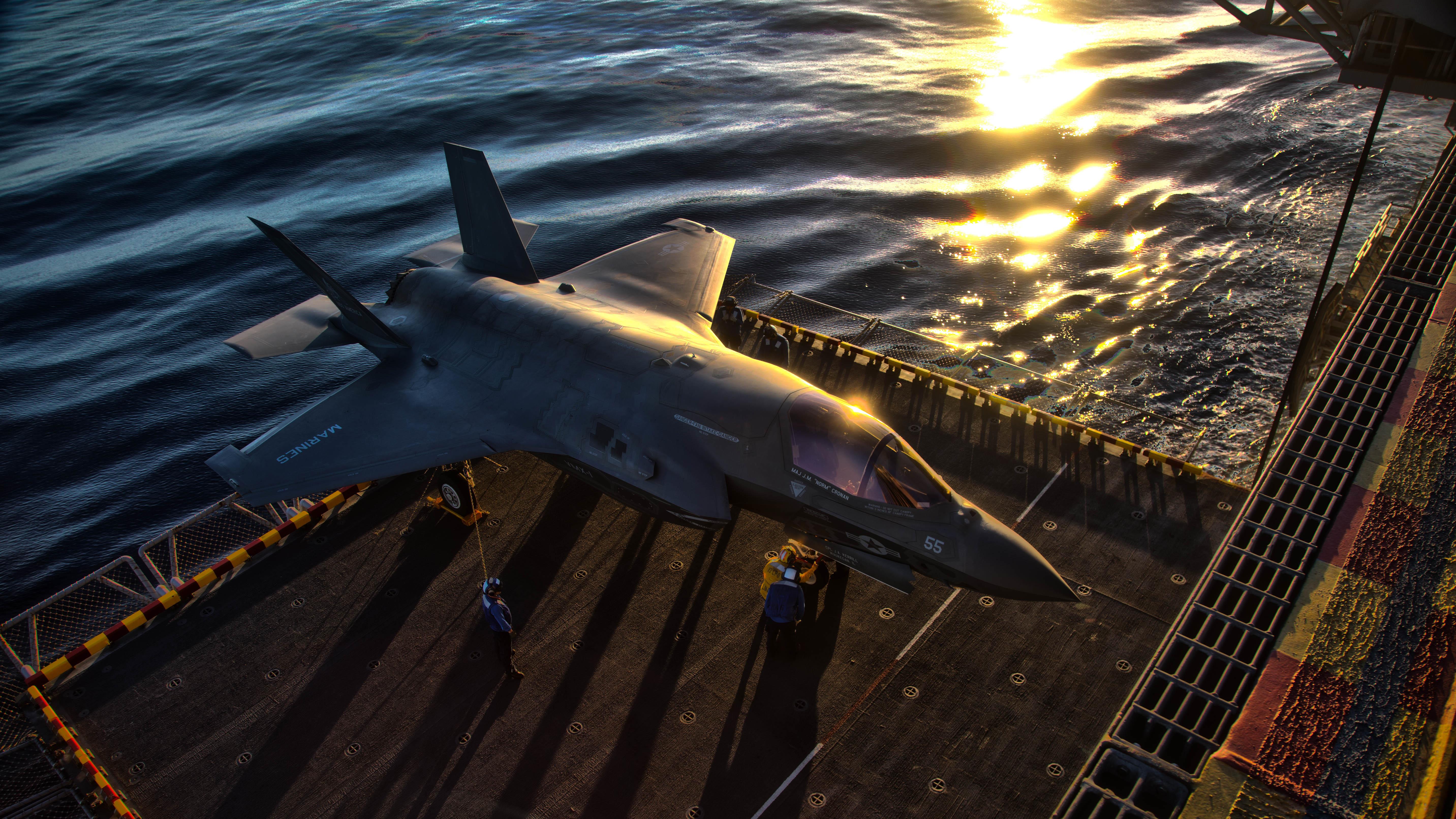
The Marines have struggled in recent years to keep aging aircraft ready for operations and spent 2017 trying to get out of old metal and into next-generation aircraft.
The updated 2017 aviation plan outlines a transition plan where all Marine Expeditionary Unit deployments from the West Coast will use only the F-35B Joint Strike Fighter for fixed wing operations by the end of Fiscal Year 2019. The plan also outlines the idea of a “Lightning Carrier” amphibious assault ship that would be outfitted with only the F-35, hauling as many as 20 of the JSF Lightning II jets into battle if called upon to do so. And it describes an MV-22 Osprey fleet that not only has an aerial refueling upgrade fielded in FY 2018 but also an improved Harvest Hawk weapons and sensors payload to arm the V-22s.
The service also looked to speed up its procurement of F-35Bs, both to bring new technology to the fleet but also to help save money. With the massive readiness problems in the F/A-18 Hornet fleet and the expense of continuing to operate the old AV-8B Harriers, now-retired deputy commandant for aviation Lt. Gen. Jon Davis told lawmakers he could save a billion dollars in operations and maintenance funding if Congress helped the Marine Corps speed up F-35 acquisition between now and FY 2021. He also spoke of delaying the transition out of the Harrier to allow a speed-up of the transition out of the Hornets, and also of ceasing Marine Corps Reserve Hornet operations a few years earlier than planned, due to the extreme maintenance challenges associated with the legacy airplanes.
The F-35B saw a one-day flight suspension to fix a software problem with the Autonomic Logistics Information System (ALIS), but otherwise fielding and training efforts on the new jet progressed well this year. Lockheed Martin even pursued plans to further integrate its Joint Strike Fighter with its Aegis Combat System for cruisers and destroyers, hosting a tracking exercise this year and working towards a 2018 at-sea demonstration that connects the plane and ship in such a way that the ship could fire a missile and the F-35 would take over directing the missile towards its target beyond the sight of the ship.
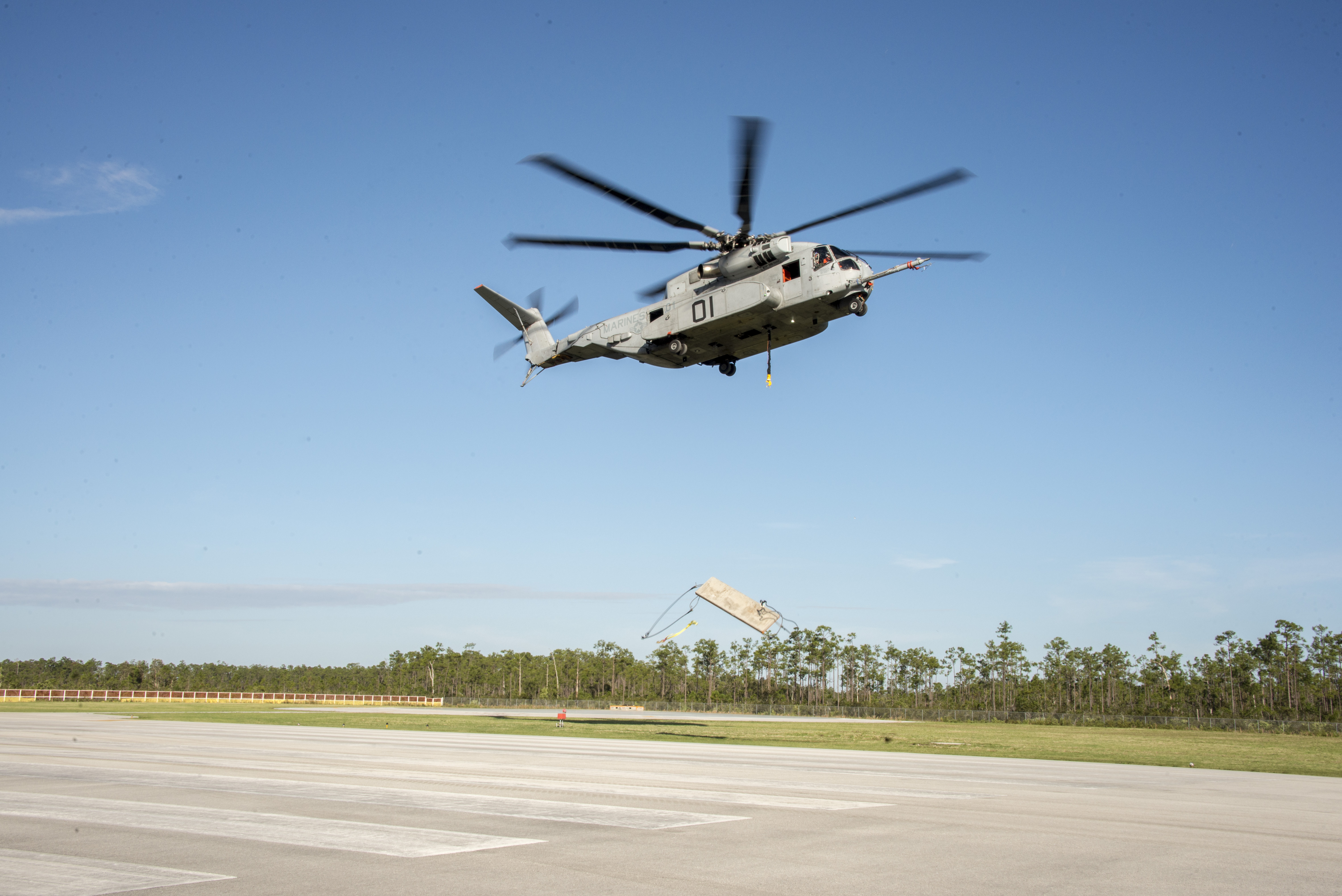
On the rotary wing side of Marine Corps aviation, the CH-53K King Stallion heavy-lift helicopter in April passed its Milestone C review at the Pentagon and was approved to move into production. The Navy awarded Sikorsky a $340-million contract in August for the first two helos.
Surface Connectors
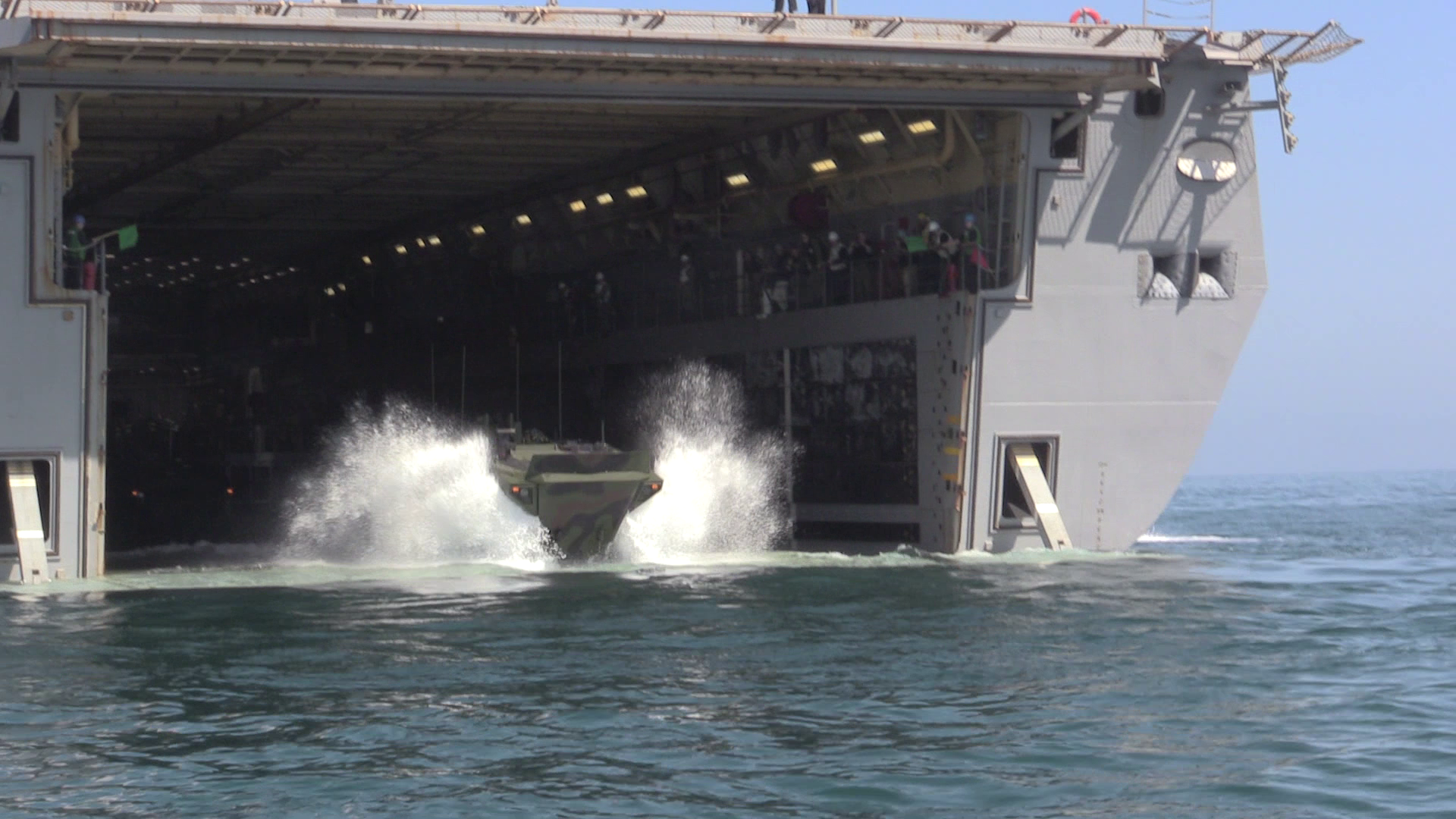
Amphibious Combat Vehicle testing took place this year in multiple locations, testing the new surface connector in the water, in blast testing, on ground mobility courses and more. The service is testing vehicles from competitors BAE Systems and SAIC at the same time, with an eye towards a June 2018 downselect to a single builder. In June of this year the Marine Corps was able to launch and recover both ACV models from the back of an amphibious transport dock (LPD-17), proving that both competitors have greater capability than was required in this first ACV 1.1 competition and are already closing in on the the requirements expected in the follow-on ACV 1.2 acquisition.
Also in the surface connector portfolio, the Pentagon approved the Amphibious Assault Vehicle Survivability Upgrade (AAV SU) program for production in August. The Marine Corps immediately awarded contractor SAIC a low-rate initial production contract for 21 vehicles, after SAIC delivered 10 engineering and manufacturing development (EMD) vehicles last year that were successfully tested. The AAV SU program takes the legacy AAVs – some dating back to the 1970s – and gives them an improved engine and greater blast protection.
Command and Control
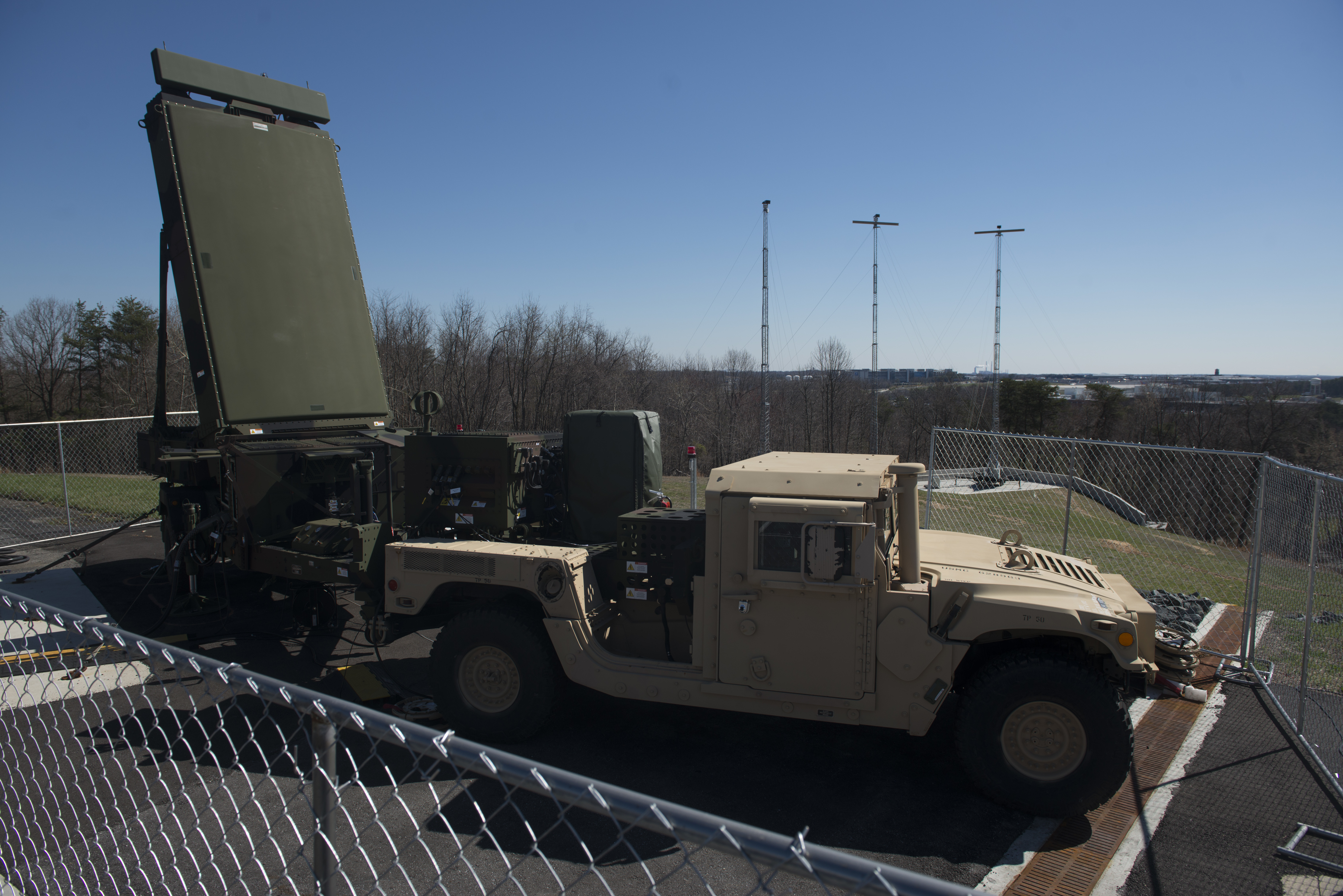
The Marine Corps was on track to accept six Ground/Air Task Oriented Radar (G/ATOR) units in 2017 and run a slew of tests across the country for both Block 1 and 2 software packages. Block 1 includes air defense and surveillance missions, and G/ATORs with this capability were tested at Wallops Island, Va., early in the year before being sent to Marine Corps Air Station Cherry Point in North Carolina for integration and testing with the Common Aviation Command and Control System (CAC2S) and the Composite Tracking Network (CTN). Initial operational capability is expected around February 2018.
G/ATOR Block 2 has a ground weapon tracking capability that was set to go through contractor testing and risk-reduction measures ahead of government developmental testing in the fall. IOC on Block 2 could come in late FY 2018.
Coast Guard Acquisition
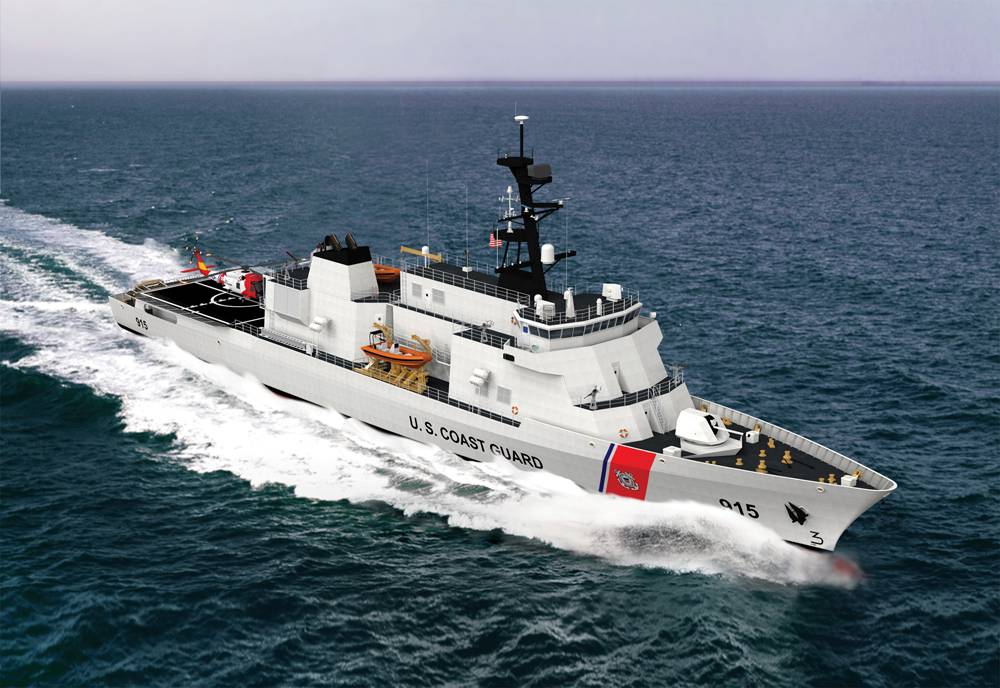
Coast Guard Commandant Adm. Paul Zukunft told lawmakers in May that the Offshore Patrol Cutter is now his top acquisition priority, and that any efforts to continue the National Security Cutter ought not come at the expense of OPC. He noted that the ninth NSC that lawmakers chose to buy would be put to good use, as would a 10th if they pursued a continuation of the NSC production line – but “the Offshore Patrol Cutter is our number-one priority in recapitalizing our legacy fleet today,” he said.
In August the Coast Guard celebrated its birthday by announcing that the first 11 OPCs would be named after some of the earliest Revenue Cutter Service ships and some of the Coast Guard’s most famous ships: Active, Argus, Diligence, Vigilant, Pickering, Chase, Ingham, Rush, Icarus, Alert and Reliance.
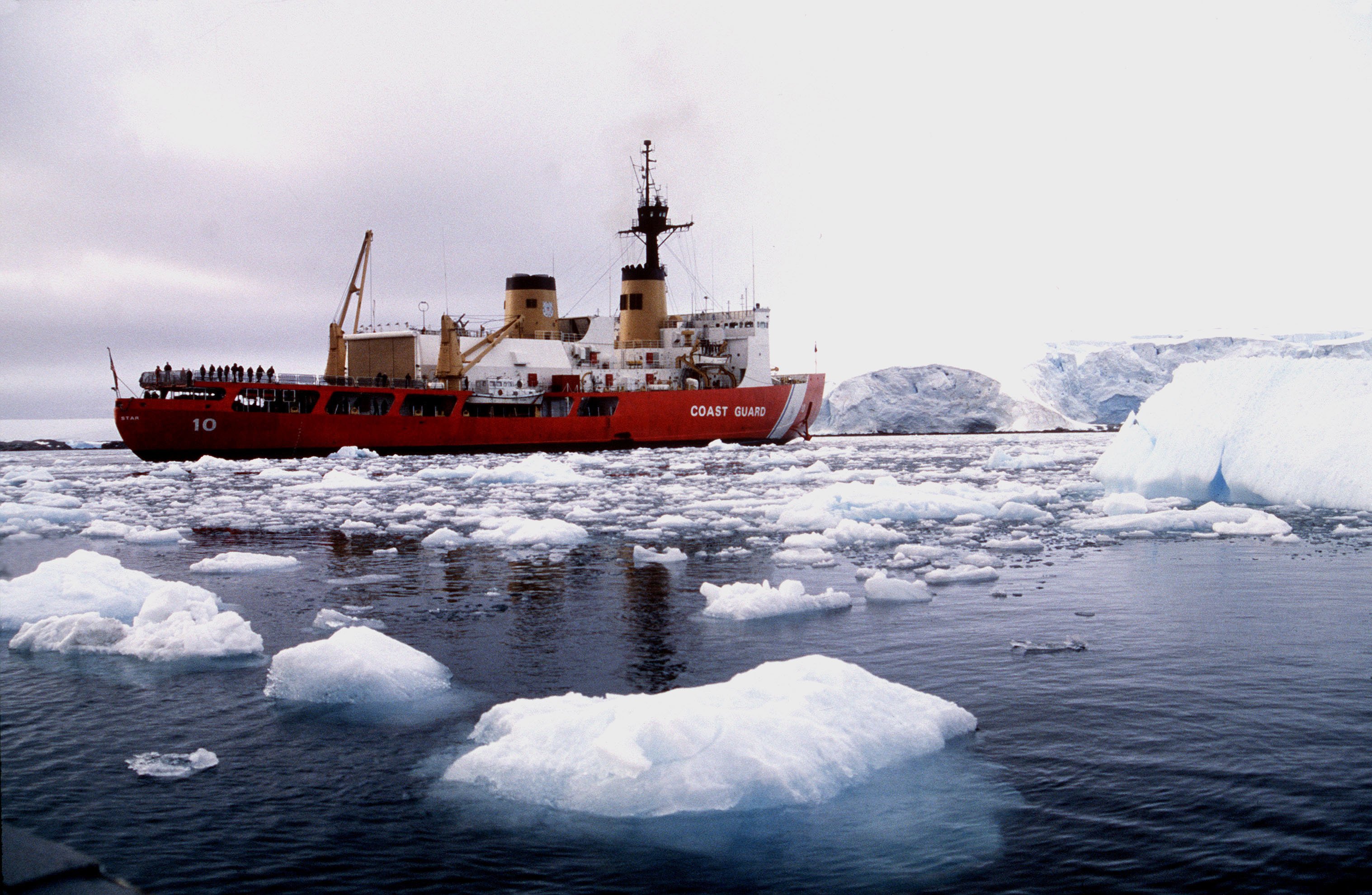
The Coast Guard released its draft request for proposals for its heavy icebreaker in October. This move towards a new class of at least three heavy icebreakers comes after the Coast Guard declared in February it would not reactivate one of two heavy icebreakers that had been mothballed, because though the hull was in good shape, all the systems were obsolete and would be too expensive to update.
“Polar Sea is now the parts donor for Polar Star,” assistant commandant for engineering and logistics Rear Adm. Bruce Baffer said.





